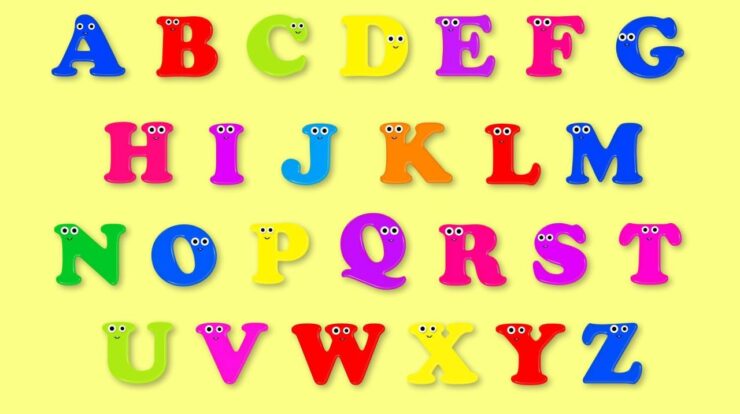Combining like terms with distributive property worksheet – Welcome to our comprehensive worksheet on combining like terms using the distributive property! In this engaging guide, we’ll dive into the world of algebra, simplifying expressions and unlocking the power of mathematical manipulation. Get ready to master this essential concept and elevate your algebraic skills.
Throughout this worksheet, we’ll provide clear explanations, step-by-step examples, and challenging exercises to help you grasp the concept thoroughly. So, grab a pencil and let’s embark on this mathematical adventure together!
Introduction
Combining like terms is a fundamental operation in algebra that involves adding or subtracting terms with the same variable and exponent. To do this, we use the distributive property, which allows us to distribute a factor over a sum or difference.
The distributive property states that for any real numbers a, b, and c, a(b + c) = ab + ac. This means that we can distribute the factor a over the sum of b and c to get the sum of ab and ac.
Using the Distributive Property to Combine Like Terms
To combine like terms using the distributive property, we first identify the terms that have the same variable and exponent. Then, we distribute the coefficient of one term over the other term. For example, to combine the terms 3x and 5x, we would distribute the coefficient 3 over 5x to get 15x.
We can then add the coefficients of the like terms to get 18x.
Worksheet Design
To create an effective worksheet for practicing combining like terms using the distributive property, consider the following suggestions:
Exercise Suggestions
- Provide clear instructions:Explain the concept of combining like terms using the distributive property and provide step-by-step instructions on how to solve the problems.
- Include a variety of problems:Offer a range of exercises with varying levels of difficulty to cater to different learners’ needs.
- Use real-life examples:Incorporate real-world scenarios to make the practice more relatable and meaningful.
- Provide answer key:Include a detailed answer key to allow students to check their work and identify areas for improvement.
- Encourage group work:Suggest that students work together in small groups to solve the problems, fostering collaboration and peer learning.
Example Problems
Let’s dive into some examples to see how the distributive property can be used to combine like terms.
The distributive property states that a(b + c) = ab + ac. This means that when you multiply a number by a sum or difference, you can distribute the multiplication to each term within the parentheses.
Problem 1
Simplify the expression: 3(x + 2)
- Distribute the 3 to both terms inside the parentheses: 3(x + 2) = 3x + 3(2)
- Simplify the multiplication: 3x + 3(2) = 3x + 6
Problem 2
Simplify the expression: -2(y – 5)
- Distribute the
-2 to both terms inside the parentheses
- 2(y
- 5) =
- 2y
- 2(-5)
- Simplify the multiplication:
- 2y
- 2(-5) =
- 2y + 10
Problem 3
Simplify the expression: 4(2x – 3y + 1)
- Distribute the 4 to each term inside the parentheses: 4(2x
- 3y + 1) = 4(2x)
- 4(3y) + 4(1)
- Simplify the multiplication: 4(2x)
- 4(3y) + 4(1) = 8x
- 12y + 4
Advanced Practice
Ready to take your like terms skills to the next level? In this section, we’ll dive into more challenging problems that will put your understanding to the test.
We’ll also explore problems that incorporate variables, adding an extra layer of complexity to the mix. Get ready to sharpen your pencil and embrace the challenge!
Worksheet Design
The advanced practice worksheet will feature a variety of problems designed to:
- Reinforce the concepts of like terms and the distributive property.
- Develop your problem-solving abilities.
- Expand your understanding of algebraic expressions.
Example Problems
Here’s a sneak peek at some of the types of problems you’ll encounter:
- Combine like terms in expressions with multiple variables, such as: 3x + 2y – 5x + 4y
- Use the distributive property to simplify expressions like: (x + 2)(x – 3)
- Solve equations that involve combining like terms, such as: 2(x – 1) = 10
Assessment: Combining Like Terms With Distributive Property Worksheet
Evaluating students’ grasp of combining like terms using the distributive property is crucial.
Quiz, Combining like terms with distributive property worksheet
Consider a quiz comprising the following questions:
- Simplify: 3(2x + 5) + 2(x – 3)
- Combine like terms: 4x – 2y + 3x + 5y
- Use the distributive property to simplify: 5(x + 2) – 3(x – 1)
Scoring Guide
Award points for each correct step and final answer. For instance:
- 1 point for correctly applying the distributive property
- 1 point for combining like terms
- 1 point for the correct final answer
This assessment allows teachers to gauge students’ proficiency in combining like terms using the distributive property.
Final Summary
Congratulations on completing this comprehensive worksheet on combining like terms using the distributive property! We hope you’ve gained a deeper understanding of this fundamental algebraic concept. Remember, practice makes perfect, so keep solving problems and honing your skills. With dedication and perseverance, you’ll become a master of algebra and conquer any mathematical challenge that comes your way.
FAQ Summary
What is the distributive property?
The distributive property states that for any number a, and any numbers b and c, a(b + c) = ab + ac.
How do I combine like terms?
To combine like terms, add or subtract the coefficients of the like terms and keep the variable the same.
What are some examples of combining like terms?
Here are some examples of combining like terms:
- 3x + 5x = 8x
- 2y – 4y = -2y
- 5x^2 + 3x^2 = 8x^2


